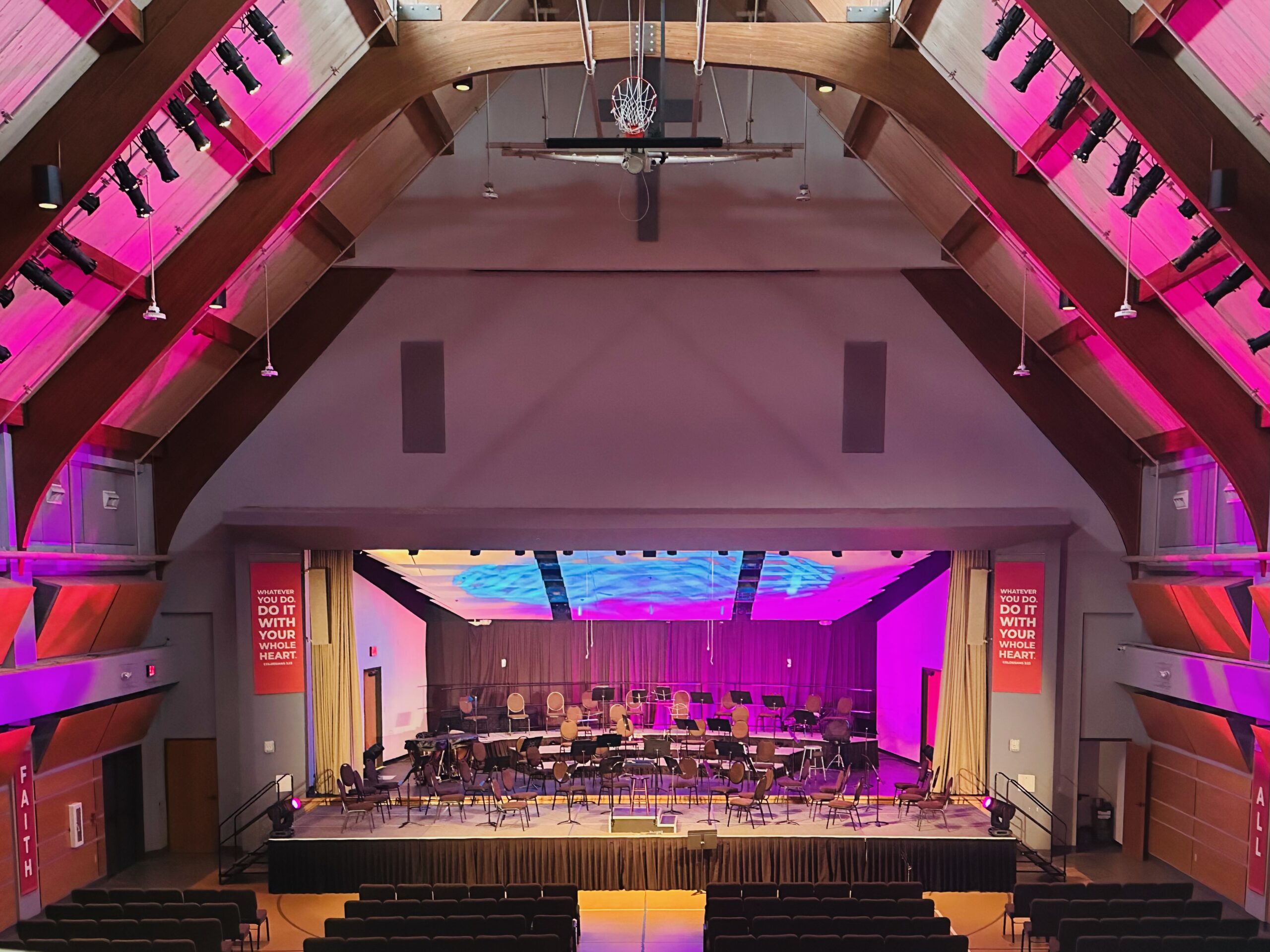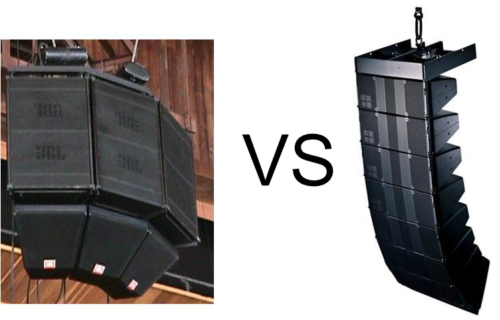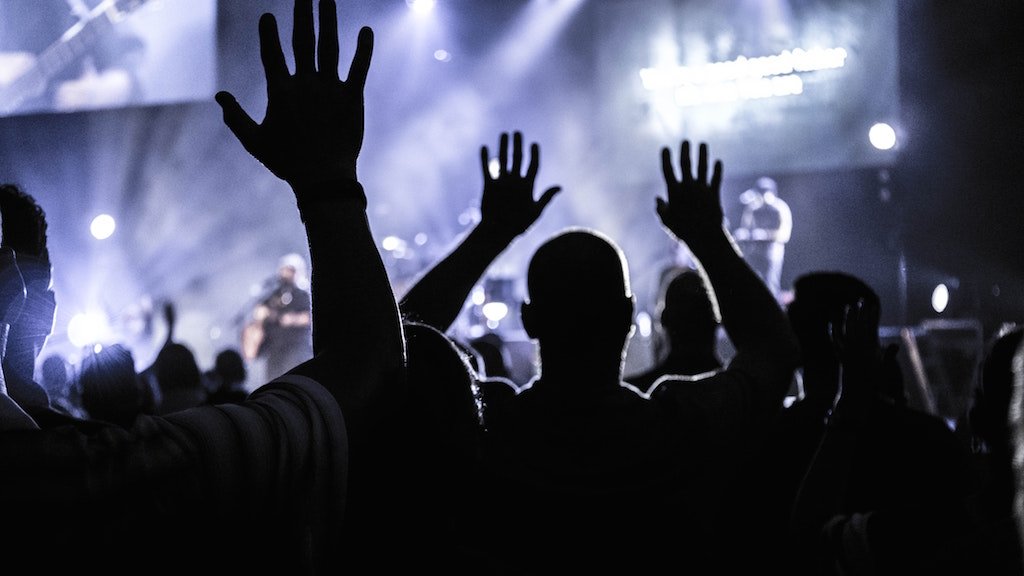
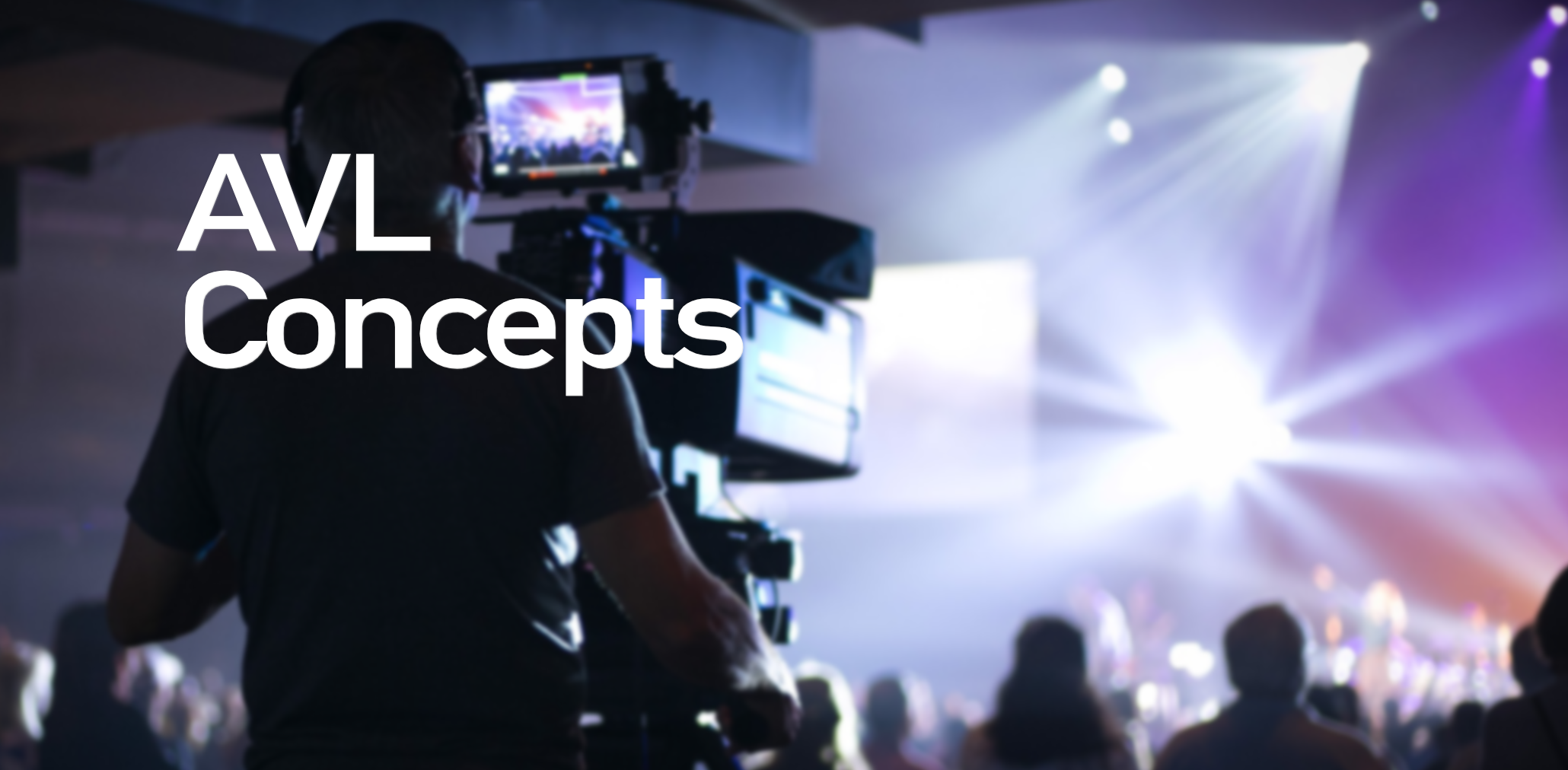
As we begin to dive into the later parts of the year, church sponsored holiday presentations, school programs, and organizational gatherings begin to take focus. What tends to separate the good programs from the not-so-good ones is the use of lighting for the presentations. And not just using lights, but the proper planning of how the lights should be used.
Far too many times I’ve walked into a program or event and seen where people may have spent money on microphones or a set, and didn’t consider that the use of light or, rather, the lack thereof makes their production look amateur-istic at best, and poor and uninteresting at worst. In the world that we live in today, there is almost no excuse to not add quality lighting fixtures to your production.
Lighting designer, Matthew Groves says, “When creating your lighting design, be sure to spread out and layer your lighting locations. Placing lights at different levels allows the layering of different colors and will allow for more possibilities for different lighting looks.”
Here are some tips to help with the design process. Intelligent moving head fixtures are widely used in the production world today because of their versatility and the ability for in-air effects with the use of a hazer. However, getting professional effects from your moving lights may not be a function of the lights at all. It is very important to note that having a professional-quality hazer is vital to the success of the in-air effects. When trying to achieve good in-air lighting effects on a small budget, combine the use of conventional fixtures and intelligent fixtures. Intelligent fixtures are where the majority of your cost is going to come from, so a way to keep the cost down and still have a great look is to use a smaller LED moving head wash light with a tight beam angle rather than profile fixtures. The advantages with having profile fixtures is the ability to use gobos, prisms, and other effects. But instead of using intelligent moving head profile fixtures for those looks, use conventional fixtures.
A lot of churches already have conventional lekos fixtures that they’re probably using for key lighting. Some of them could be repurposed to upstage behind the worship team. Conventional ellipsoidal fixtures with the right gobo and gel paper will give you the same in-air effects at a fraction of the cost. You may not be able to control the movement of the light, but you will achieve the effect. This will give you opportunity to purchase more lights on a tight budget.
It is more economical to use LED intelligent fixtures than lamp-based. Lamp-based fixtures tend to be more expensive to purchase and maintain due to additional power usage and time learning to maintain it.. LED fixtures require no regular lamp replacement, very little maintenance, and require very little power.
However, be careful when buying cheap LED fixtures. If you are doing anything with live video production during your worship services, you may find cheaper LED fixtures can conflict with the frame rate of your video equipment, which will result in the lights flickering on the video. Look for LED fixtures that are “flicker-free”.
Having a sufficient number of lights allows you to be very creative with your design. When creating your lighting design, be sure to spread out and layer your lighting locations. Having your lights in one spot will give you poor results and will not be very functional. Placing lights at different levels downstage and upstage allows the layering of different colors and will allow for more possibilities for different lighting “looks.”
If you can, buy new fixtures. If not, buy used gear from a reliable source. There are numerous online resources that make it easy to find and purchase used gear. If this is the route you decide to take, make sure the piece of gear you are purchasing was not used on a tour. Touring gear gets abused and doesn’t last long. Look for equipment from permanent installations that was well-maintained.
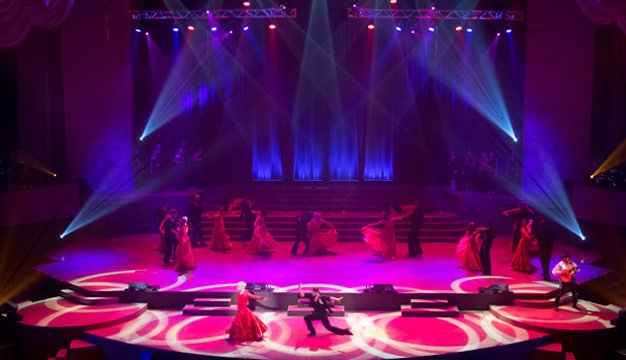
Depth and dimension
In designing a lighting scene your goal should be to make the environment look as big as possible. This is typically done by using various layers of light to create more depth. Whether you have a backdrop or just a back wall, many will opt to light this surface from the top or bottom bringing out single color washes or perhaps highlighting angles and curvatures of the architecture. Another common approach is to put a gobo on these lights, projecting various dimensions of texture. Think of this as a form of optical illusion. By drawing the eye towards texture and highlighting natural or fabricated patterns and lines, separation is created which gives the illusion of a deeper stage
The same concept can be used to extend the stage area as well. Rather than confine the view into a potentially small space, extend backlighting on each side. Again, it will visually enlarge the depth creating the sense of an expanded area.
Stagger, size, and highlight
One thing that can affect how your lighting translates is the physical arrangement of your space. Even if your stage is small, placement of the pulpit, instruments and speaking position can have a huge difference.
One approach when lighting physical pieces on stage is to vary the intensity. Varying the intensity levels front to back, side to side, or in random intervals, will break the two-dimensional monotony that can often kill lighting designs. Just experiment and think in terms of depth and stagger.
Finally, consider viewing the entire stage and its contents as part of the pallet. That drum set on stage? Light it up. Two or three small LED wash fixtures at its base will make the chrome hardware glisten and shine. Now we have a beautiful instrument in view the entire service rather than a blackhole in its place when the worship band has left. And your back wall? Place space wash, cyc, or other fixtures along the floor every few feet–or up above if you have secure rigging points–and employ colorful beam, texture, or wash looks.
Final Thoughts
When we think about lighting as a unique and important art, we can then open our mind to look beyond the obvious. Think of it as music for the eyes.
Treat your lighting design as a chance to set the mood, foster emotions, highlight shapes that are interesting, and a way to help those in attendance to feel comfortable and engaged. Once you look beyond the obvious, the possibilities for lighting design are endless in helping connect the intent of your worship service with those in attendance.
If you’re looking to upgrade your lighting, video system, or projection contact us today. https://shepherdmedia.com/contact-us/

